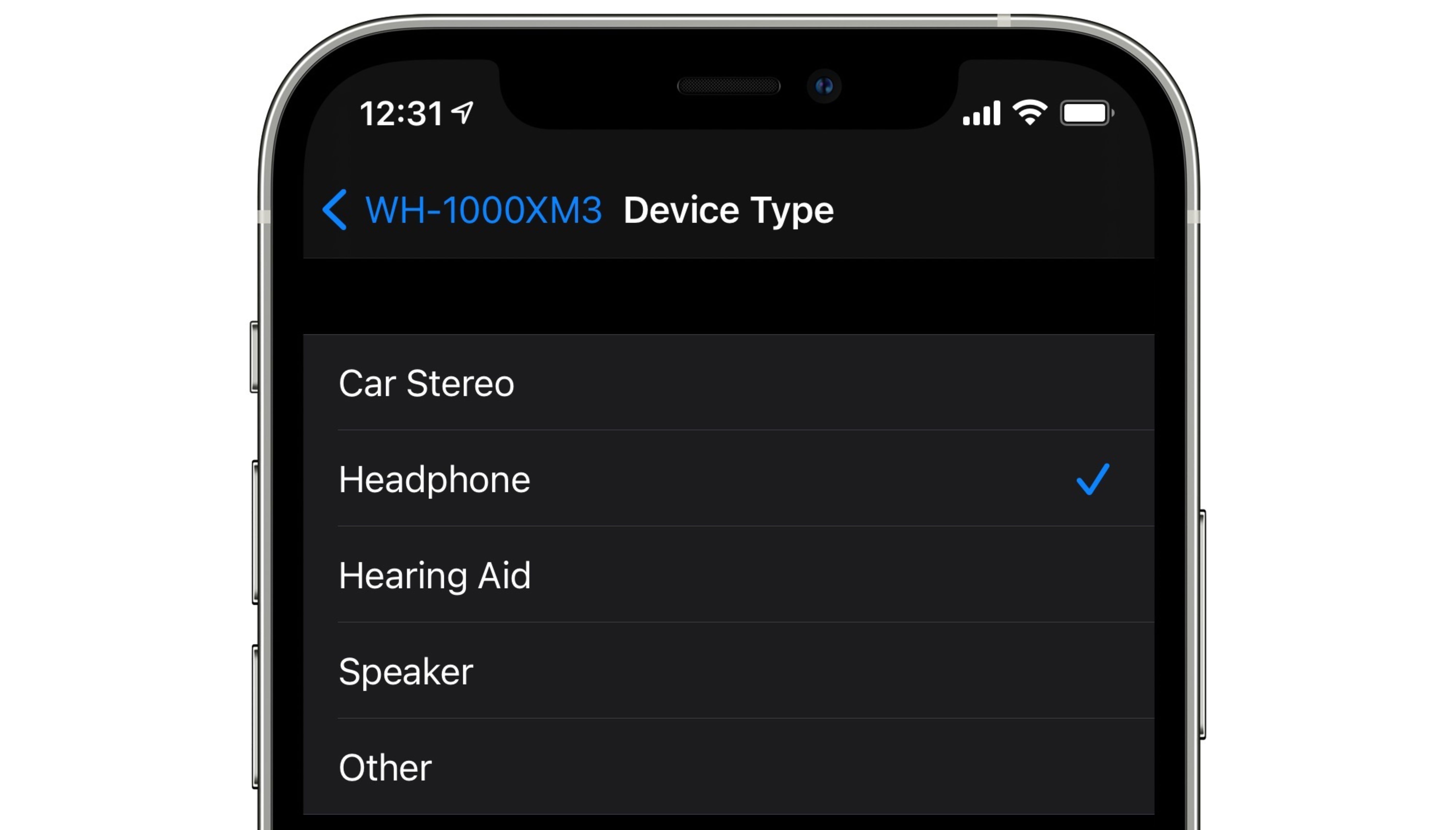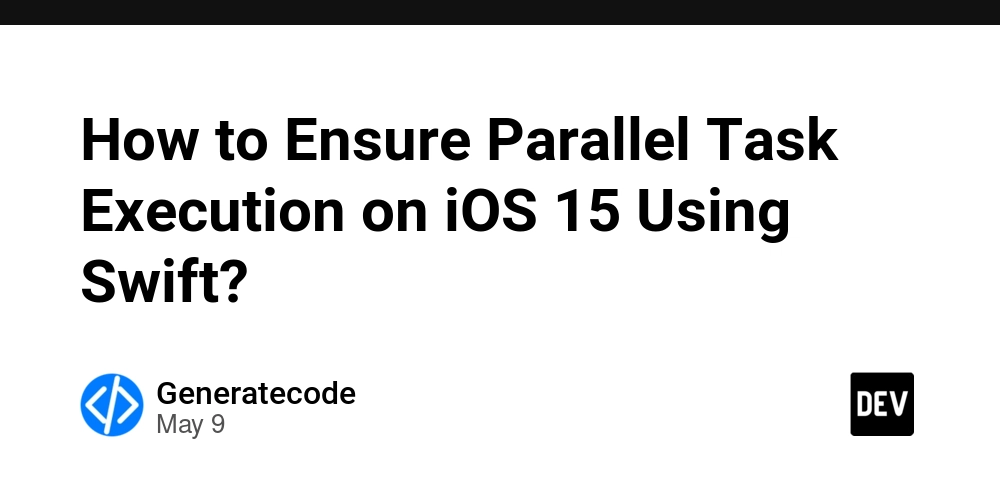Multi-Cloud DevOps Skills
Multi-Cloud DevOps Skills Introduction In today’s dynamic tech landscape, businesses are no longer bound to a single cloud provider. Multi-cloud strategies—where organizations leverage services from two or more cloud vendors—have emerged as the norm rather than the exception. This shift has sparked the rise of Multi-Cloud DevOps Skills, blending traditional DevOps practices with the unique requirements and tools of multiple cloud platforms. Why it matters: Multi-cloud DevOps enables enterprises to reduce vendor lock-in, improve fault tolerance, and optimize costs while maintaining rapid development and deployment cycles. With global enterprises like Netflix, HSBC, and BMW adopting multi-cloud, mastering these skills is becoming indispensable. Technical Details Key Components of Multi-Cloud DevOps: Infrastructure as Code (IaC): Tools like Terraform, Pulumi, and Crossplane to provision infrastructure consistently across AWS, Azure, and GCP. CI/CD Pipelines: Jenkins, GitLab CI, Azure DevOps, and GitHub Actions for platform-agnostic continuous integration and delivery. Monitoring & Observability: Centralized logging and metrics with Prometheus, Grafana, Datadog, or OpenTelemetry across clouds. Secret Management: Centralized solutions like HashiCorp Vault or cloud-native tools integrated across environments. Configuration Management: Tools like Ansible, Chef, or SaltStack with cloud provider-specific modules. Containerization & Orchestration: Kubernetes (multi-cloud-friendly via tools like Anthos, AKS, EKS, GKE) and Docker. How Components Interact: IaC provisions cloud resources → CI/CD triggers deployments → Configuration tools setup environments → Kubernetes manages apps → Monitoring tools collect metrics → Secrets managers secure credentials. Real-Time Scenario Analogy: Multi-Cloud DevOps as an International Airport Terminal Imagine managing an international airport where each airline (cloud provider) has its own gate, rules, and procedures. Passengers (code and services) must be smoothly checked in, directed, and secured—without delay or confusion. You need: A shared check-in system (CI/CD) Airport security protocols (Secret management & compliance) Flexible gate assignments (IaC & Kubernetes) Flight tracking and dashboards (Monitoring tools) Implementation Scenario: A global fintech company wants to: Run workloads on AWS (North America), Azure (Europe), and GCP (Asia). Maintain a unified CI/CD pipeline from GitHub Actions. Deploy apps on Kubernetes clusters managed via Anthos. Monitor globally using Datadog. Store secrets securely in HashiCorp Vault. Their DevOps team uses: Terraform to provision Kubernetes clusters and resources across clouds. GitHub Actions to trigger builds and deployments via Helm charts. Vault to inject secrets at runtime. Datadog with region-based dashboards. Benefits and Best Practices Benefits: High Availability: Applications run even if one cloud provider fails. Cost Optimization: Choose the best services from each provider. Avoid Vendor Lock-In: Migrate or duplicate services easily. Compliance: Host data where regional laws demand it. Best Practices: Design for abstraction and portability (e.g., avoid provider-specific services when possible). Implement unified observability and logging layers. Use policy-as-code tools like OPA or Sentinel. Automate everything using event-driven workflows. Maintain cloud-specific modules within a modularized IaC repo. Challenges and Considerations Common Challenges: Challenge Description Tool Sprawl Multiple tools across clouds complicate ops Network Latency Cross-cloud traffic can increase latency Compliance Managing diverse security requirements Skills Gap Teams may lack expertise across platforms Workarounds: Use platform-agnostic tools like Terraform and Kubernetes. Implement service mesh (e.g., Istio) for secure, controlled communication. Use CI/CD templates for repeatable pipelines. Conduct continuous training on cloud and DevOps practices. Future Trends AI-powered DevOps (AIOps): Automated monitoring and remediation across clouds. Cloud-neutral abstractions: Rise of tools like Crossplane and Dagger. Multi-cloud service mesh standardization. Serverless across clouds: Use of portable serverless platforms (e.g., Knative). Platform Engineering: Internal DevOps platforms that abstract cloud complexity for developers. Conclusion Multi-Cloud DevOps is not just a buzzword—it's a strategic capability. By mastering tools, processes, and patterns across multiple cloud providers, DevOps teams can deliver scalable, resilient, and agile systems. While the road to implementation has challenges, the long-term value it brings in flexibility, uptime, and global reach makes it an essential skill set for modern enterprises. DevOps #MultiCloud #Terraform #Kubernetes #GitHubActions #Vault
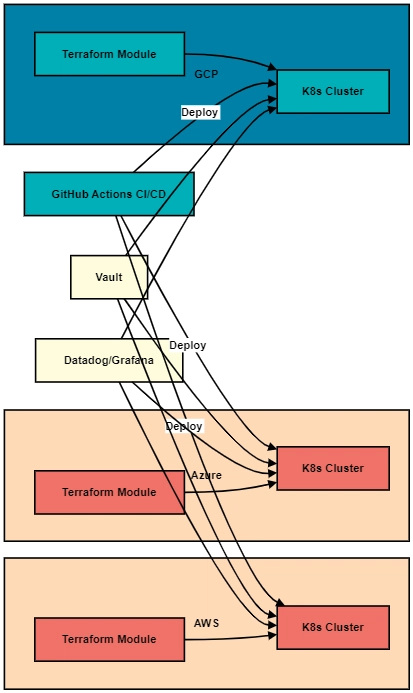
- Introduction In today’s dynamic tech landscape, businesses are no longer bound to a single cloud provider. Multi-cloud strategies—where organizations leverage services from two or more cloud vendors—have emerged as the norm rather than the exception. This shift has sparked the rise of Multi-Cloud DevOps Skills, blending traditional DevOps practices with the unique requirements and tools of multiple cloud platforms.
Why it matters:
Multi-cloud DevOps enables enterprises to reduce vendor lock-in, improve fault tolerance, and optimize costs while maintaining rapid development and deployment cycles. With global enterprises like Netflix, HSBC, and BMW adopting multi-cloud, mastering these skills is becoming indispensable.
- Technical Details
Key Components of Multi-Cloud DevOps:
Infrastructure as Code (IaC): Tools like Terraform, Pulumi, and Crossplane to provision infrastructure consistently across AWS, Azure, and GCP.
CI/CD Pipelines: Jenkins, GitLab CI, Azure DevOps, and GitHub Actions for platform-agnostic continuous integration and delivery.
Monitoring & Observability: Centralized logging and metrics with Prometheus, Grafana, Datadog, or OpenTelemetry across clouds.
Secret Management: Centralized solutions like HashiCorp Vault or cloud-native tools integrated across environments.
Configuration Management: Tools like Ansible, Chef, or SaltStack with cloud provider-specific modules.
Containerization & Orchestration: Kubernetes (multi-cloud-friendly via tools like Anthos, AKS, EKS, GKE) and Docker.
How Components Interact:
IaC provisions cloud resources → CI/CD triggers deployments → Configuration tools setup environments → Kubernetes manages apps → Monitoring tools collect metrics → Secrets managers secure credentials.
- Real-Time Scenario
Analogy: Multi-Cloud DevOps as an International Airport Terminal
Imagine managing an international airport where each airline (cloud provider) has its own gate, rules, and procedures. Passengers (code and services) must be smoothly checked in, directed, and secured—without delay or confusion.
You need:
A shared check-in system (CI/CD)
Airport security protocols (Secret management & compliance)
Flexible gate assignments (IaC & Kubernetes)
Flight tracking and dashboards (Monitoring tools)
Implementation Scenario:
A global fintech company wants to:
Run workloads on AWS (North America), Azure (Europe), and GCP (Asia).
Maintain a unified CI/CD pipeline from GitHub Actions.
Deploy apps on Kubernetes clusters managed via Anthos.
Monitor globally using Datadog.
Store secrets securely in HashiCorp Vault.
Their DevOps team uses:
Terraform to provision Kubernetes clusters and resources across clouds.
GitHub Actions to trigger builds and deployments via Helm charts.
Vault to inject secrets at runtime.
Datadog with region-based dashboards.
- Benefits and Best Practices
Benefits:
High Availability: Applications run even if one cloud provider fails.
Cost Optimization: Choose the best services from each provider.
Avoid Vendor Lock-In: Migrate or duplicate services easily.
Compliance: Host data where regional laws demand it.
Best Practices:
Design for abstraction and portability (e.g., avoid provider-specific services when possible).
Implement unified observability and logging layers.
Use policy-as-code tools like OPA or Sentinel.
Automate everything using event-driven workflows.
Maintain cloud-specific modules within a modularized IaC repo.
- Challenges and Considerations Common Challenges:
Challenge Description
Tool Sprawl Multiple tools across clouds complicate ops
Network Latency Cross-cloud traffic can increase latency
Compliance Managing diverse security requirements
Skills Gap Teams may lack expertise across platforms
Workarounds:
Use platform-agnostic tools like Terraform and Kubernetes.
Implement service mesh (e.g., Istio) for secure, controlled communication.
Use CI/CD templates for repeatable pipelines.
Conduct continuous training on cloud and DevOps practices.
- Future Trends
AI-powered DevOps (AIOps): Automated monitoring and remediation across clouds.
Cloud-neutral abstractions: Rise of tools like Crossplane and Dagger.
Multi-cloud service mesh standardization.
Serverless across clouds: Use of portable serverless platforms (e.g., Knative).
Platform Engineering: Internal DevOps platforms that abstract cloud complexity for developers.
- Conclusion
Multi-Cloud DevOps is not just a buzzword—it's a strategic capability. By mastering tools, processes, and patterns across multiple cloud providers, DevOps teams can deliver scalable, resilient, and agile systems. While the road to implementation has challenges, the long-term value it brings in flexibility, uptime, and global reach makes it an essential skill set for modern enterprises.































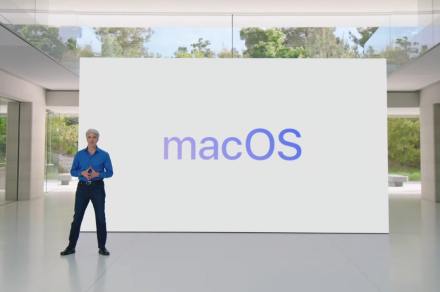







































































































































![[The AI Show Episode 145]: OpenAI Releases o3 and o4-mini, AI Is Causing “Quiet Layoffs,” Executive Order on Youth AI Education & GPT-4o’s Controversial Update](https://www.marketingaiinstitute.com/hubfs/ep%20145%20cover.png)


























































































































![Ditching a Microsoft Job to Enter Startup Purgatory with Lonewolf Engineer Sam Crombie [Podcast #171]](https://cdn.hashnode.com/res/hashnode/image/upload/v1746753508177/0cd57f66-fdb0-4972-b285-1443a7db39fc.png?#)














































.jpeg?#)
.jpg?#)






















































































_designer491_Alamy.jpg?width=1280&auto=webp&quality=80&disable=upscale#)












































































































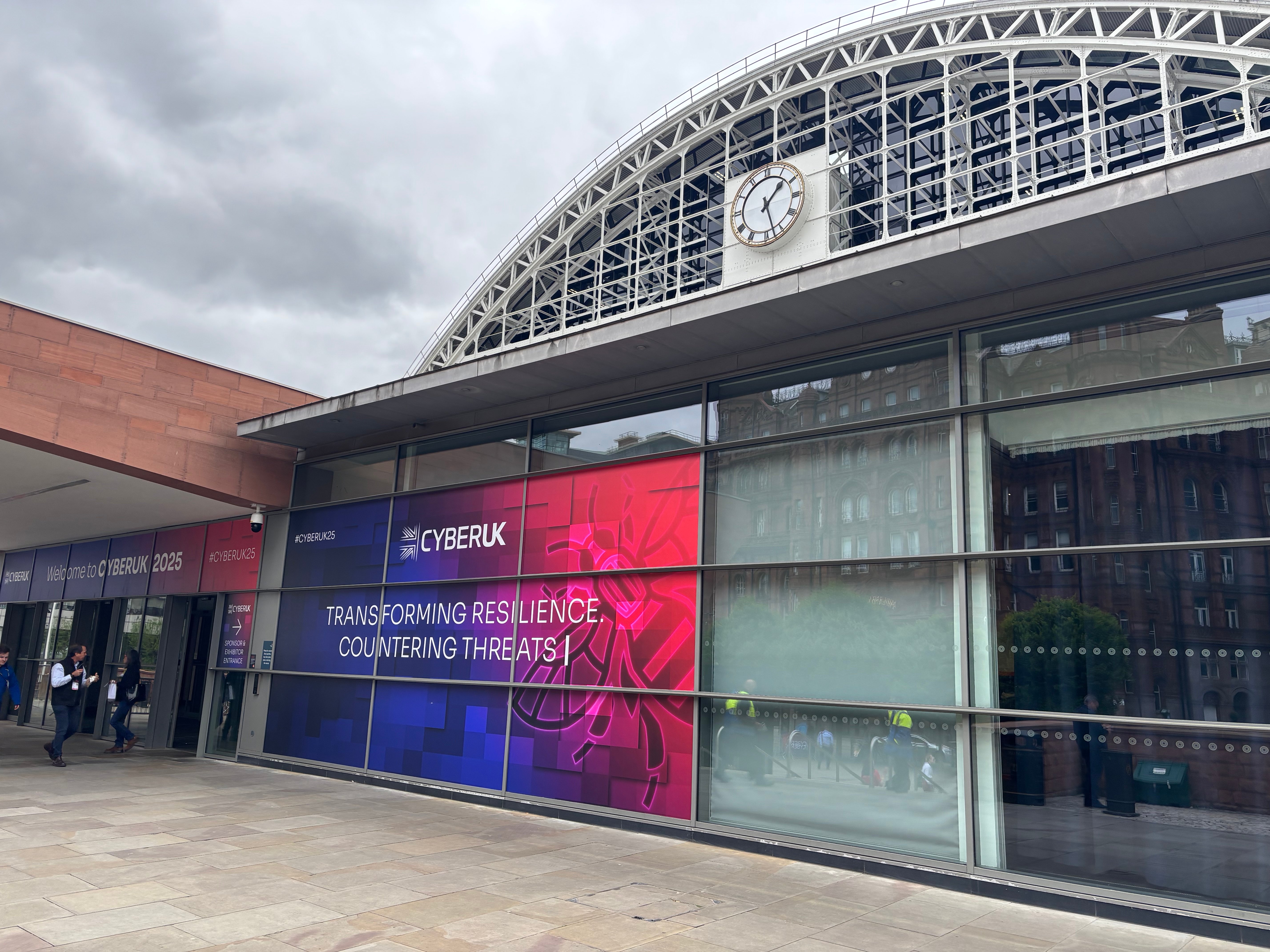
![Apple Shares New 'Mac to School' Ads: Pointed, Mirrored, Dropped In [Video]](https://www.iclarified.com/images/news/97295/97295/97295-640.jpg)
![Apple Drops New Trailer for 'F1' Starring Brad Pitt [Video]](https://www.iclarified.com/images/news/97296/97296/97296-640.jpg)
![Apple iPhone Exports From India Surge 116% [Report]](https://www.iclarified.com/images/news/97292/97292/97292-640.jpg)
![Apple Shares 'Last Scene' Short Film Shot on iPhone 16 Pro [Video]](https://www.iclarified.com/images/news/97289/97289/97289-640.jpg)








































